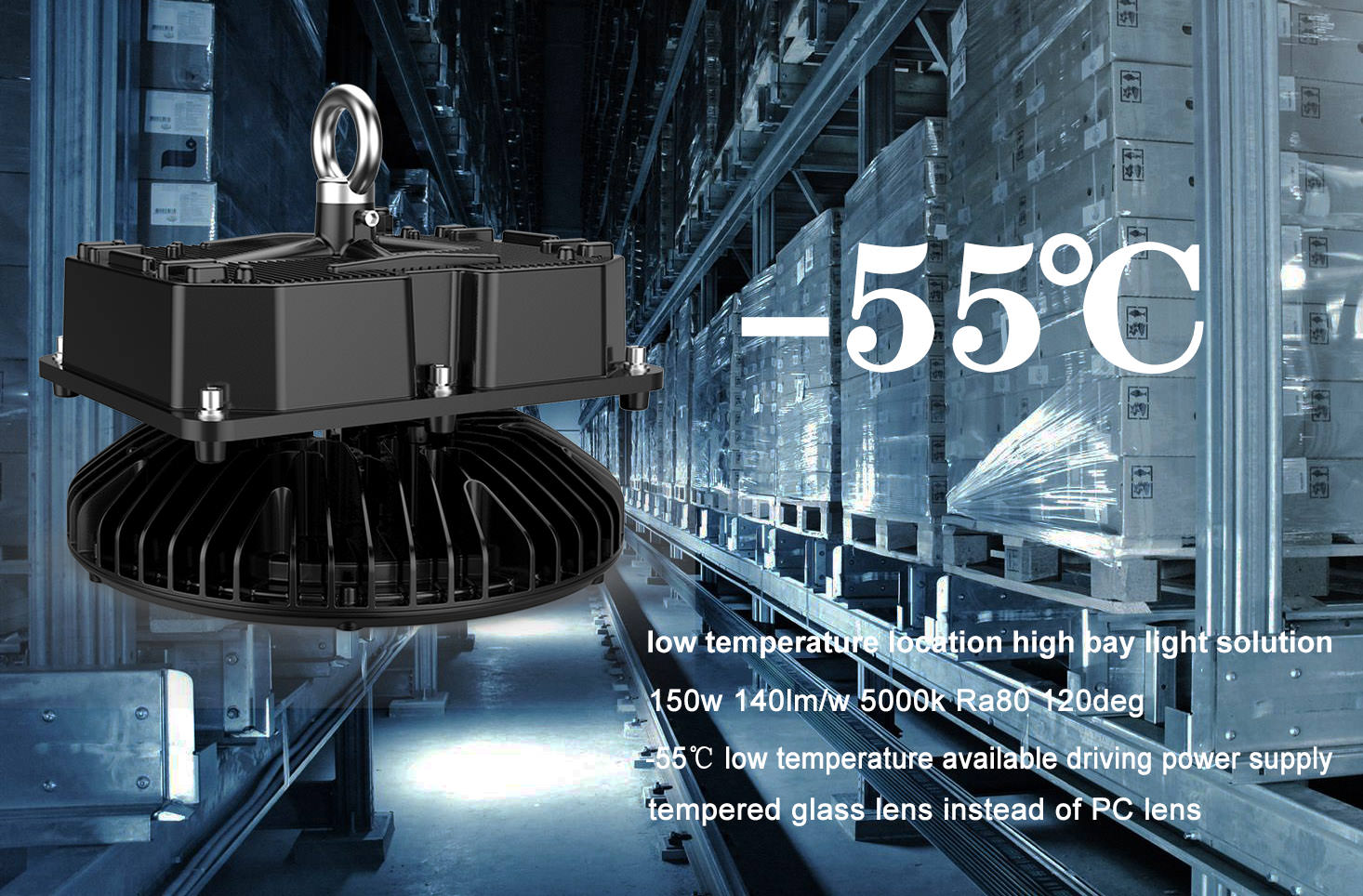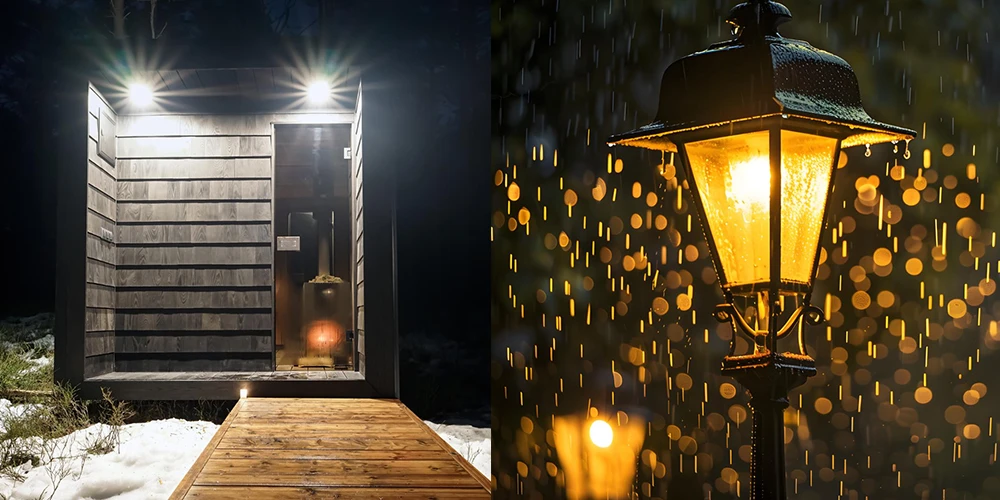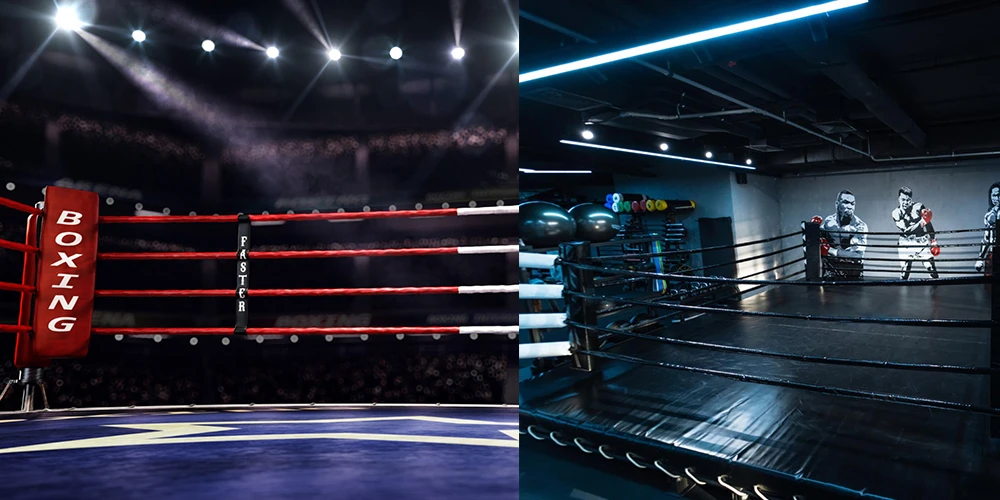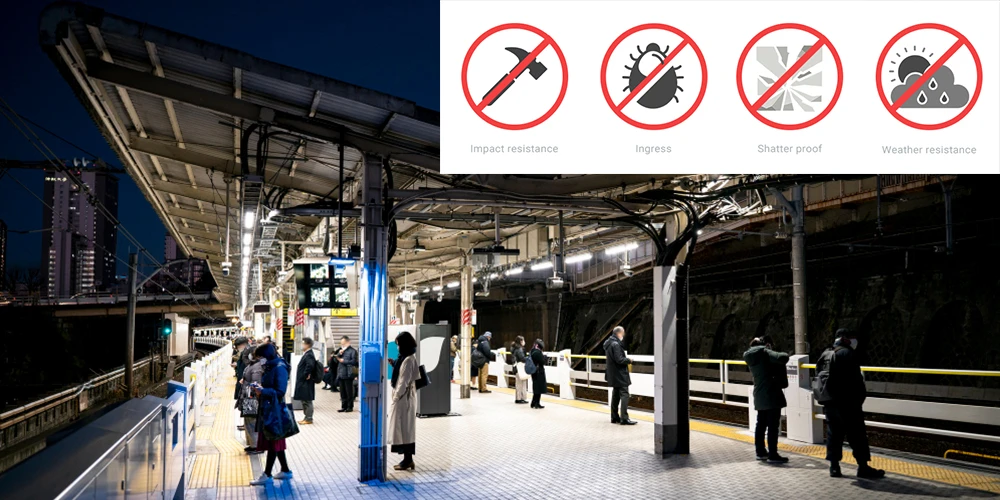Whether you work in the pharmaceutical, medical, seafood, meat processing, frozen food, vegetable, fruit, or other cold-chain and refrigerated industries, you will be familiar with cold storage environments for product storage. As a kind of lower temperature environment, have you carefully studied the lighting fixtures used in these refrigerated environments? What characteristics are required for these lamps to operate well at low temperatures?

Typical Temperature Ranges
- 5°C to 15°C - Suitable for storing red wine, chocolate, medicines, seeds, biological products, etc.
- -5°C to 5°C - Suitable for storing frozen food, fruits, vegetables, etc.
- -25°C to -18°C - Suitable for storing meat, fish, poultry, ice cream, prepared foods, vaccines, plasma, reagents, etc.
- -40°C to -35°C - Suitable for storing dumplings, quick-frozen foods, for fast freezing, and preservation of biological samples, vaccines, etc.
- -60°C to -45°C - Suitable for storing tuna, salmon, vaccines, etc.
In addition to these special storage areas, lighting used in any geographic region with low ambient temperatures requires the same considerations.
For lighting solutions in low temperature locations, the low temperature itself is a major influencing factor. It is best to choose luminaires with high tolerance for low temperatures, otherwise the lifespan of the lamps will be greatly affected, and you will eventually have to pay a very high cost for lamp replacement.
LED lights perform much better than other traditional lighting technologies in cold ambient temperatures, but this does not mean that cold ambient temperatures have no effect on LED lights. So when selecting appropriate lighting fixtures for low temp locations, there are three main factors to consider:
Tolerance of the LED driver towards low temperatures
The starting capability of LED drivers can be affected by low temperature environments. At -25°C, the electrolyte activity of the electrolytic capacitor in the driver decreases significantly, resulting in increased capacitor degradation. This has a cascading effect on the lighting fixture due to the weakened driver performance. Therefore, when choosing luminaires for low temperature working areas, the driver should be rated for high tolerance to low temperatures.
Suitability of the lens material for low temperatures
The reliability of lenses made from different materials also varies greatly when affected by lower ambient temperatures. The change in material reliability here refers to the impact of rapid temperature changes.
In general, some lens materials are suitable for slow temperature changes from high to very low temperatures, such as 80°C down to -40°C, without cracking due to the temperature change. But pouring boiling water over the lens right after it was sitting on ice can cause cracking and bursting in many lens materials.
Due to heat dissipation, LED luminaires can experience rapid temperature changes when used at low ambient temperatures. Therefore, in low temperature environments, the lens material should be chosen for high resistance to thermal shock. Tempered glass lenses have better low temperature resistance than polycarbonate (PC) lenses. It is better to use tempered glass instead of PC lenses in low temperatures to prevent cracking.
Suitability of structural components for low temperatures
The low temperature resistance of plastics is expressed by the embrittlement temperature. All plastics become harder and more brittle as the temperature drops, because the activity of the polymer molecular chains decreases.
When the ambient temperature drops to a certain level, the plastic will become brittle. If most of the structural components of the LED luminaire are made from plastics, those components should be avoided or switched to materials with a lower embrittlement temperature.
-55℃ low temperature high bay light solution for customer
To meet a customer's lighting needs for a -55°C low temperature environment, we introduced the following integrated solution:
- 150W high bay light with a -55°C low temperature rated driver
- Tempered glass lens (instead of polycarbonate) to prevent cracking
- Power supply box to retain heat around driver and prevent dead starting
This is an example of selecting components specifically for extreme low temperature tolerance. If you have similar lighting needs for low temperature environments, please feel free to contact us.












